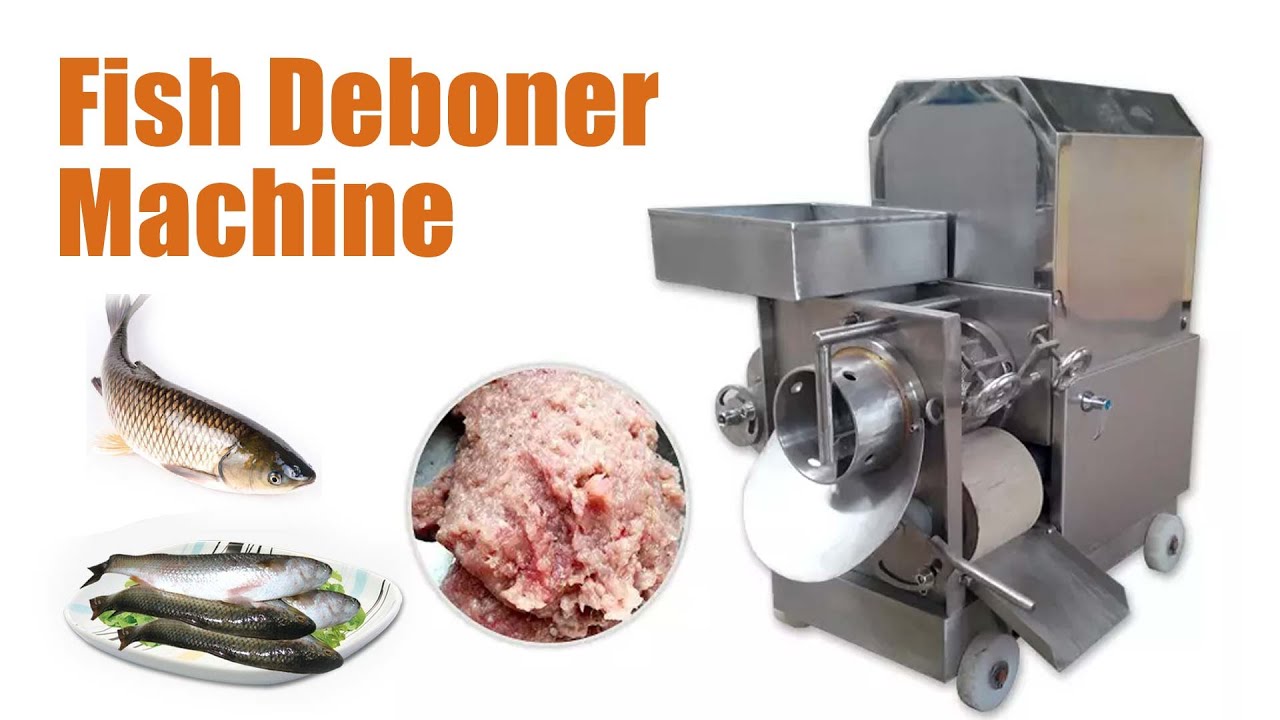10 years of experience as a food machinery equipment manufacturer
10 years of experience as a food machinery equipment manufacturer
A fish bone separator machine, also known as a fish meat-bone separator or deboner, is specialized equipment designed to efficiently extract fish meat from bones and skin, producing minced fish (surimi base) or fish paste.

The fundamental working principle involves mechanical separation through extrusion and pressure. Fish, either whole (small fish) or pieces (larger fish after heading, gutting, and scaling), are fed into the machine. Inside, the fish material is pressed between a rotating perforated drum and a tensioned belt (or by other squeezing mechanisms). The softer fish flesh is forced through the small holes of the drum, while bones, skin, and fins, being larger and harder, remain on the outer surface of the drum and are scraped off and discharged separately.
Fish bone separator machines are widely utilized in:
